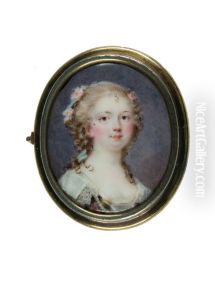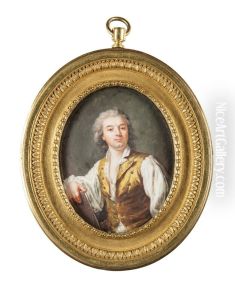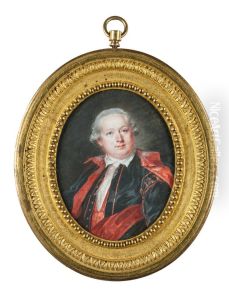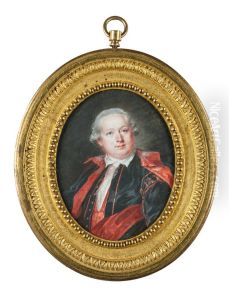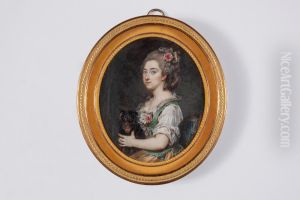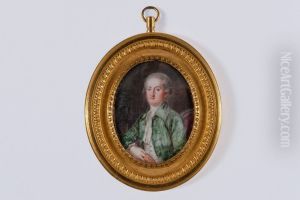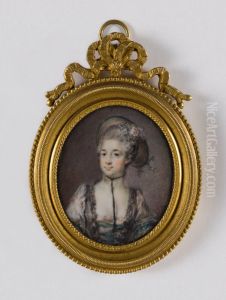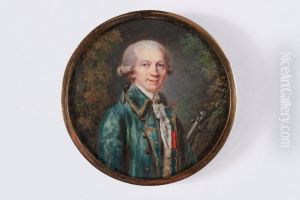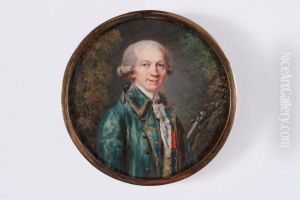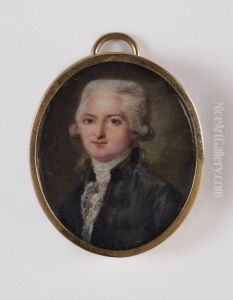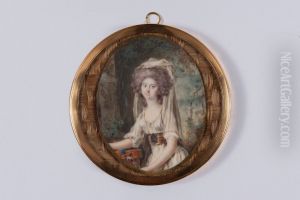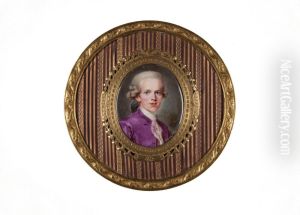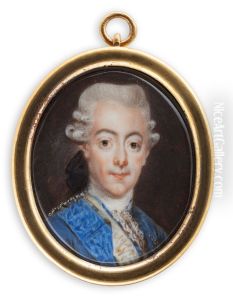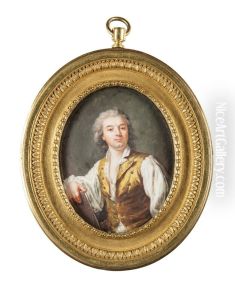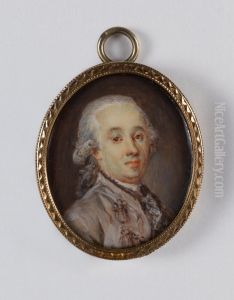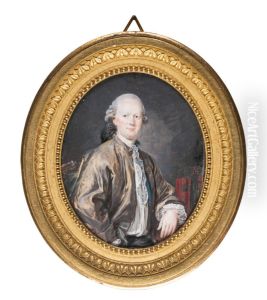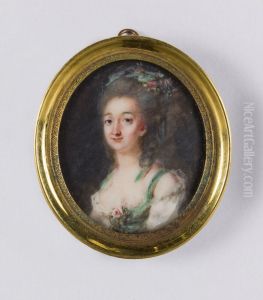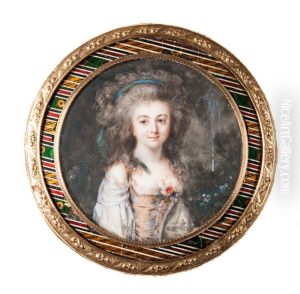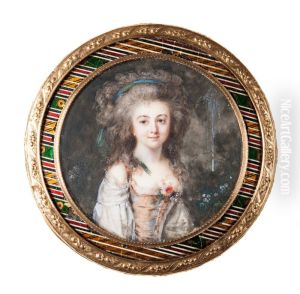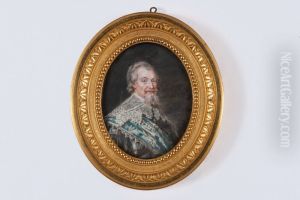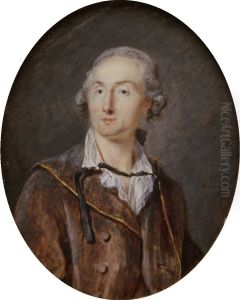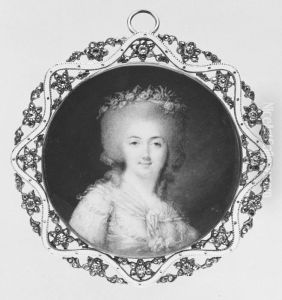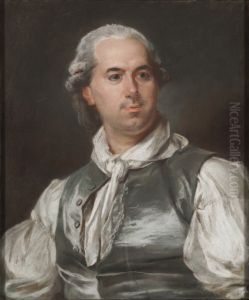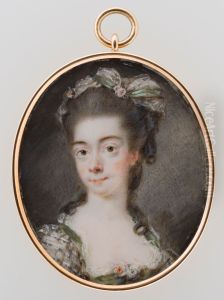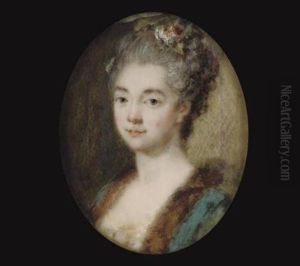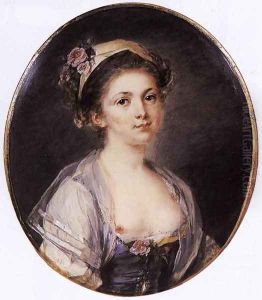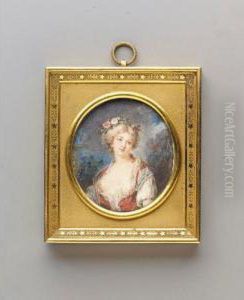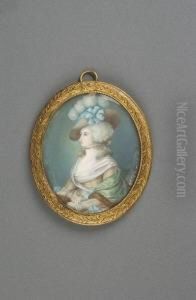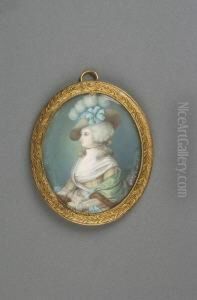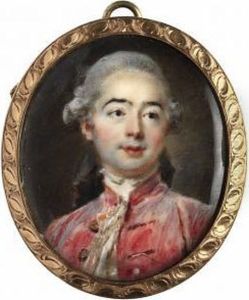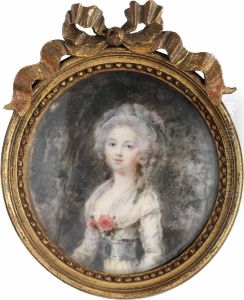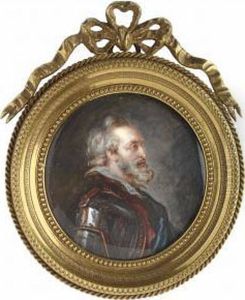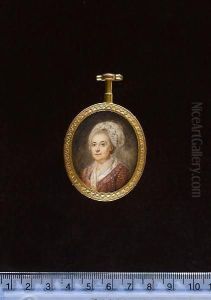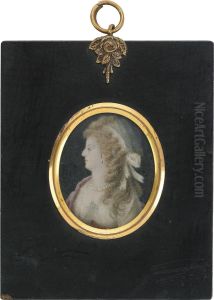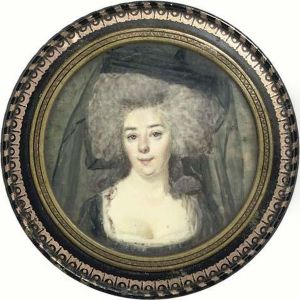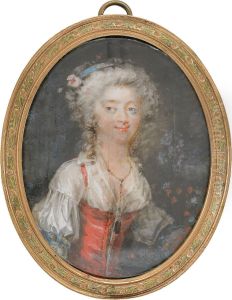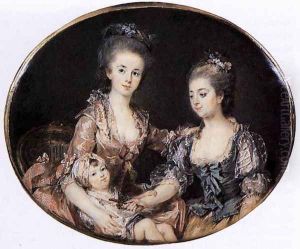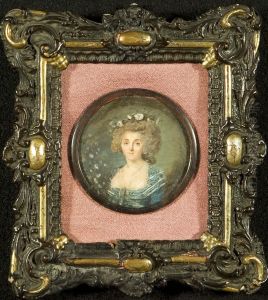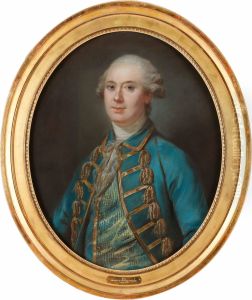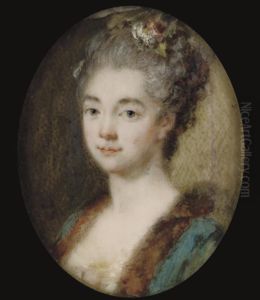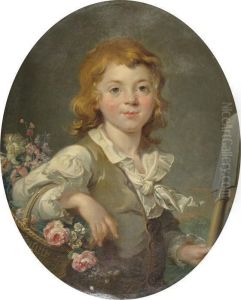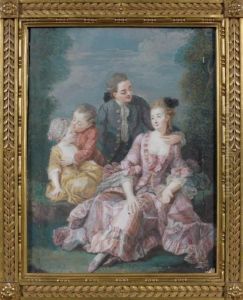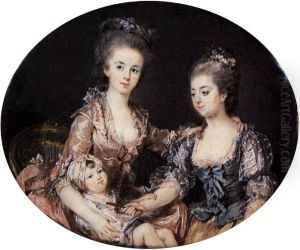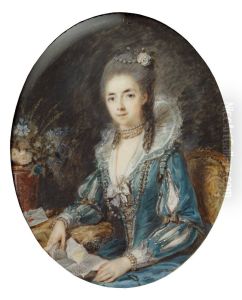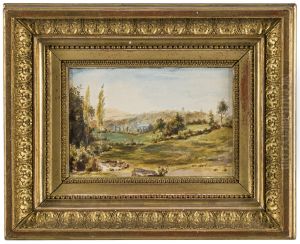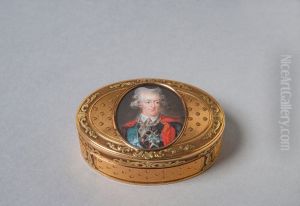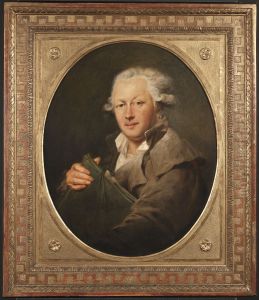Peter Adolf Hall Paintings
Peter Adolf Hall, also known as PA Hall or Peter Adolphe Hall, was a Swedish-French artist known for his miniature portraits. Born on February 23, 1739, in Borås, Sweden, Hall was part of the Rococo period and is often associated with the gustavian style in Swedish art. His father was a successful merchant, which allowed Hall to receive a good education and pursue artistic training.
Hall showed promise in art from an early age and was sent to study in Paris under the tutelage of the famous miniature painter, Jean-Baptiste Massé. His talent quickly became evident, and by the age of 26, he was already acclaimed for his work. In 1766, he was admitted to the Académie Royale de Peinture et de Sculpture, a significant achievement that underscored his reputation as a master miniaturist.
Throughout his career, Hall became known for his exquisite miniature portraits that captured the elegance and subtleties of his subjects. His clientele included many notable figures of the time, from the nobility to the burgeoning bourgeoisie, who sought his talents to immortalize their likenesses in his delicate and detailed works. Hall's portraits were not just simple representations; they often conveyed a sense of the sitter's character and social status, making them treasured possessions.
Hall's life took a dramatic turn during the French Revolution, which led to a decline in the patronage he had enjoyed from the French nobility. The political and social upheaval of the era affected many artists, and Hall was no exception. The lack of commissions and the changing artistic landscape contributed to a period of professional difficulty for him.
Peter Adolf Hall died on May 15, 1793, in Liège, Belgium, under circumstances that are not entirely clear, but it is believed that the strains of the Revolution and his displacement contributed to his demise. Despite his relatively short life, Hall left behind a legacy of work that continues to be celebrated for its charm and mastery of the miniature form. His portraits are held in numerous collections and museums around the world, attesting to his enduring appeal and the high regard in which he is held as an artist of the Rococo era.
